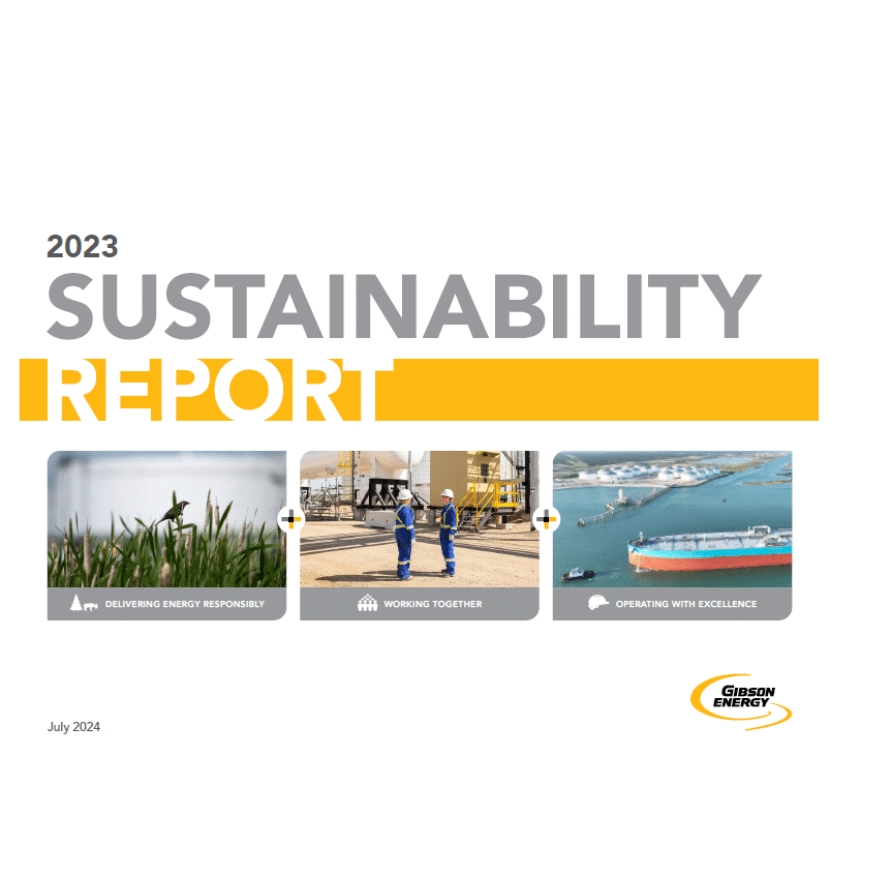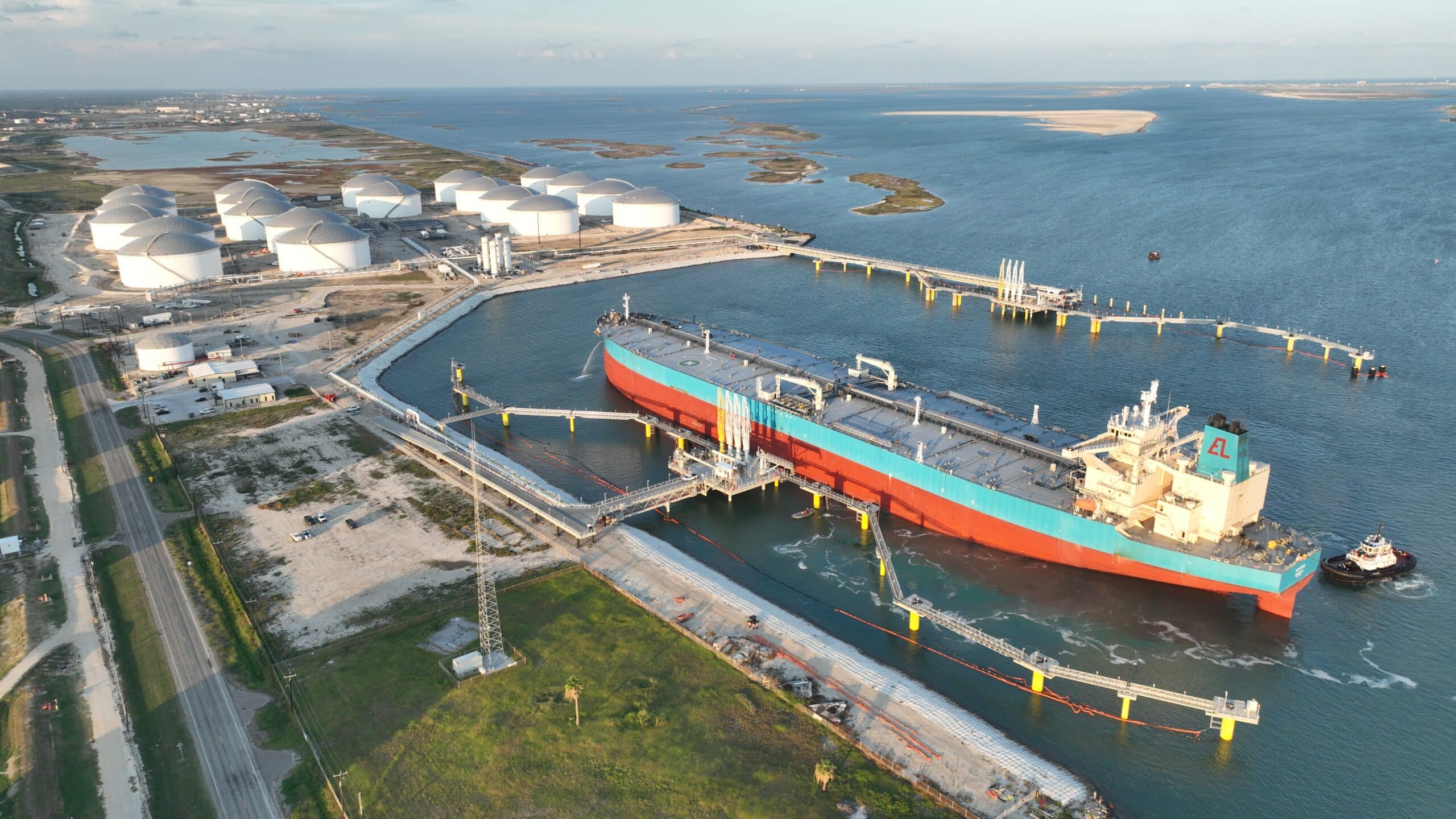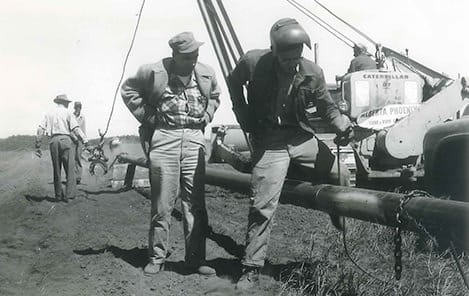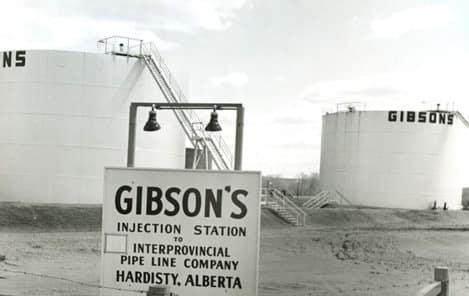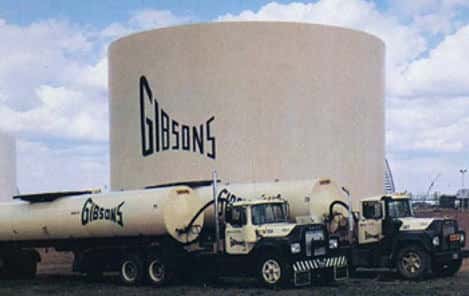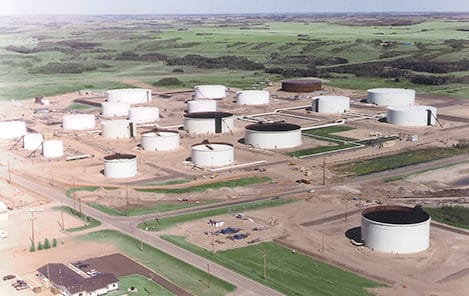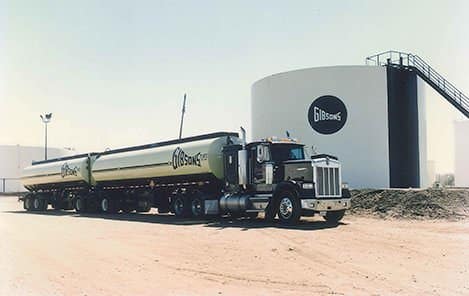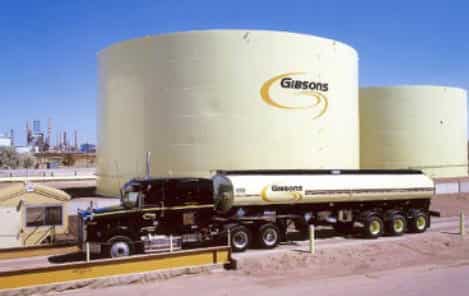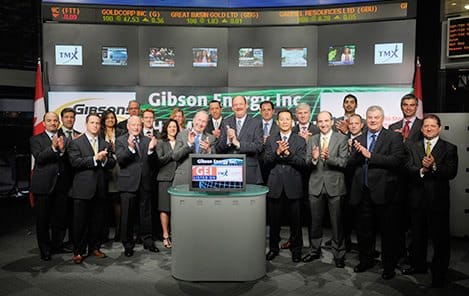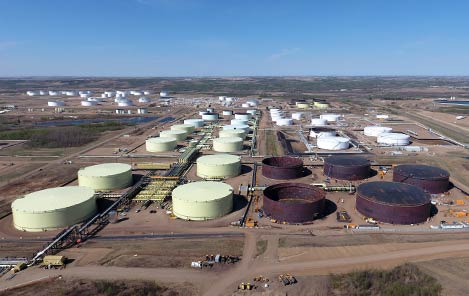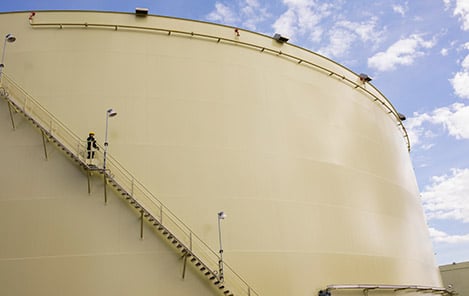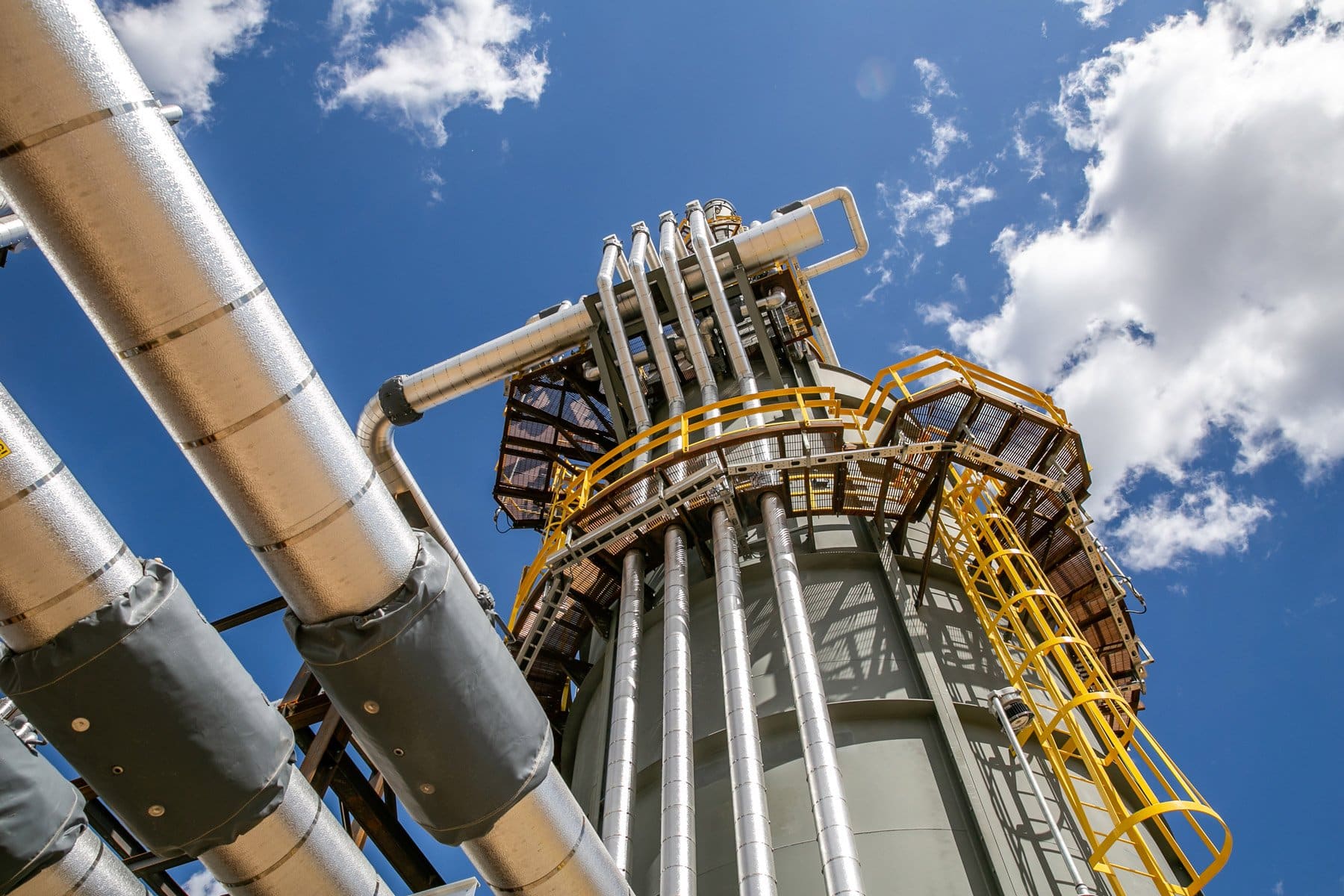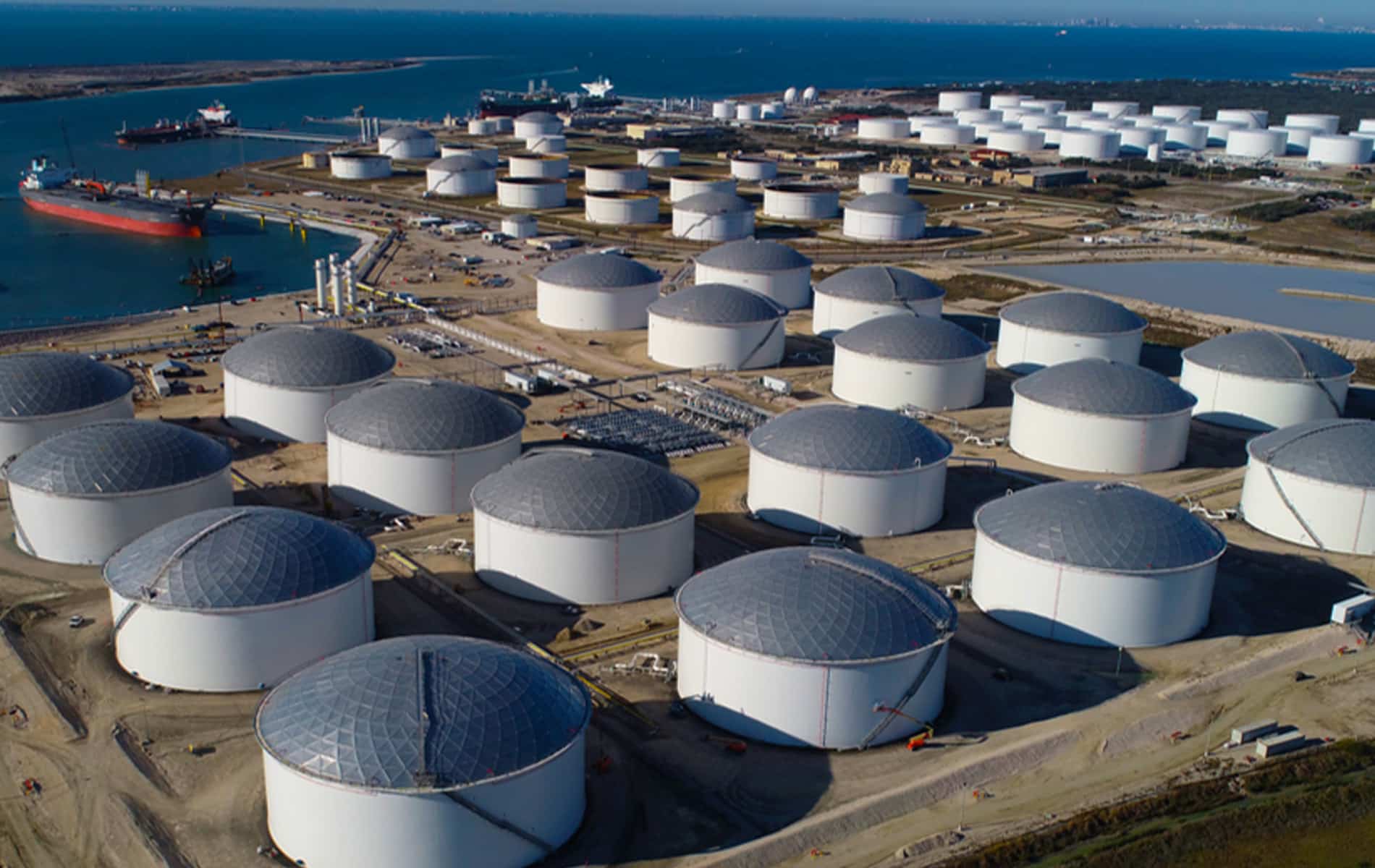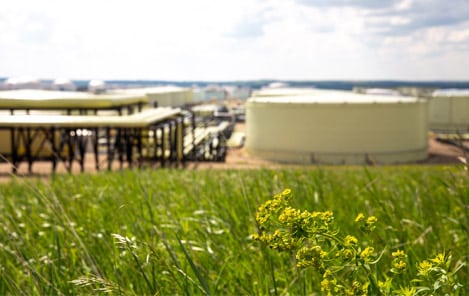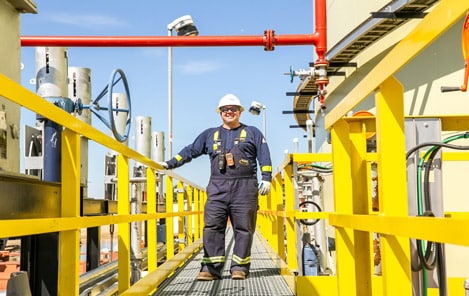- About Us
About Us
We are a North American-based liquids infrastructure company that connects customers to markets, employees to rewarding careers, and investors to long-term value.
- Operations
- News & Stories
- Sustainability
Sustainability & ESG
Safety, environmental protection and community play important roles in our growth as a company.
- Careers
Careers
It takes great people to make a great company.
We are powered by the diverse, skilled and innovative talent of our employees to ensure safe and responsible operations.
- Investor Centre
Investor Centre
We are a North American-based liquids infrastructure company that connects customers to markets, employees to rewarding careers, and investors to long-term value.
- Suppliers & Contractors
- About Us
About Us
We are a North American-based liquids infrastructure company that connects customers to markets, employees to rewarding careers, and investors to long-term value.
- Operations
- News & Stories
- Sustainability
Sustainability & ESG
Safety, environmental protection and community play important roles in our growth as a company.
- Careers
Careers
It takes great people to make a great company.
We are powered by the diverse, skilled and innovative talent of our employees to ensure safe and responsible operations.
- Investor Centre
Investor Centre
We are a North American-based liquids infrastructure company that connects customers to markets, employees to rewarding careers, and investors to long-term value.
- Suppliers & Contractors
